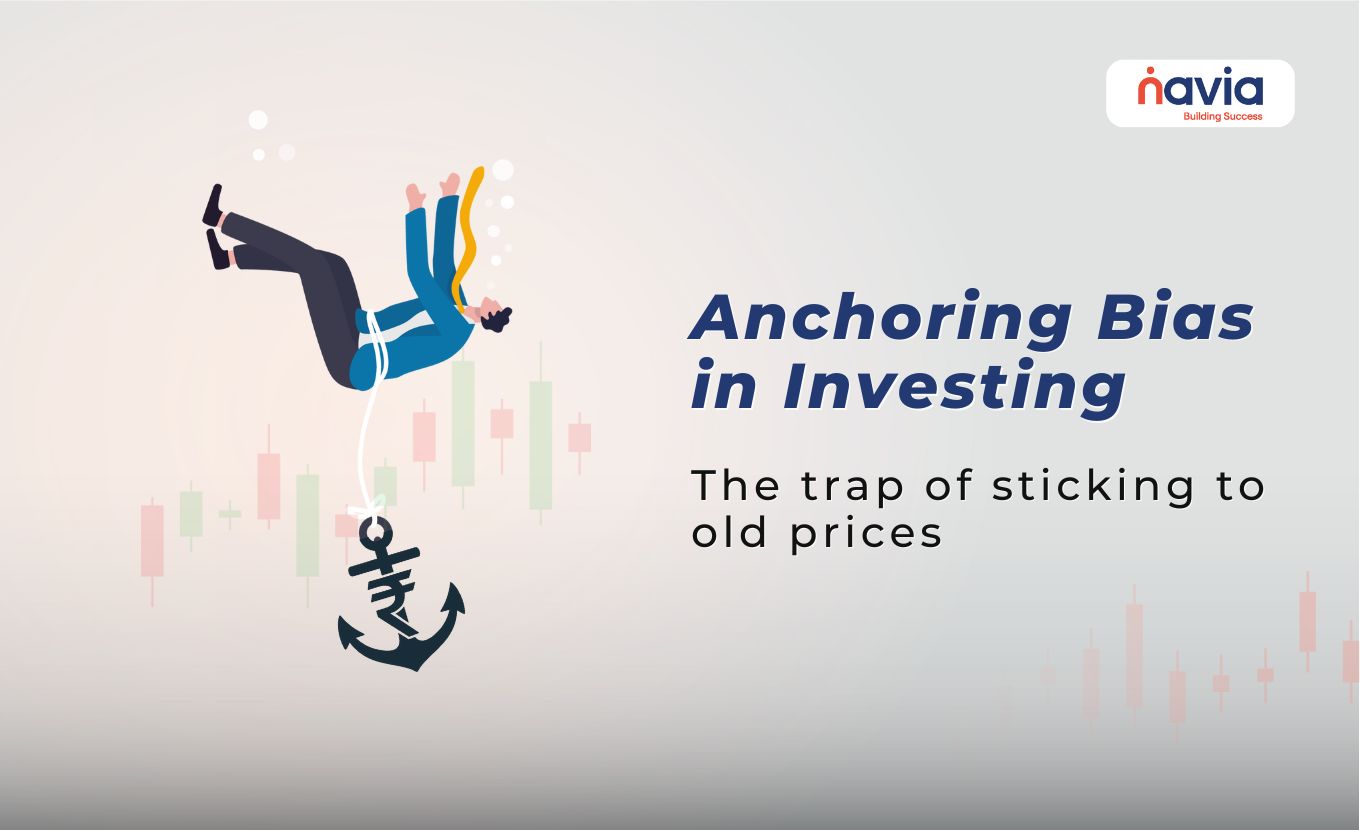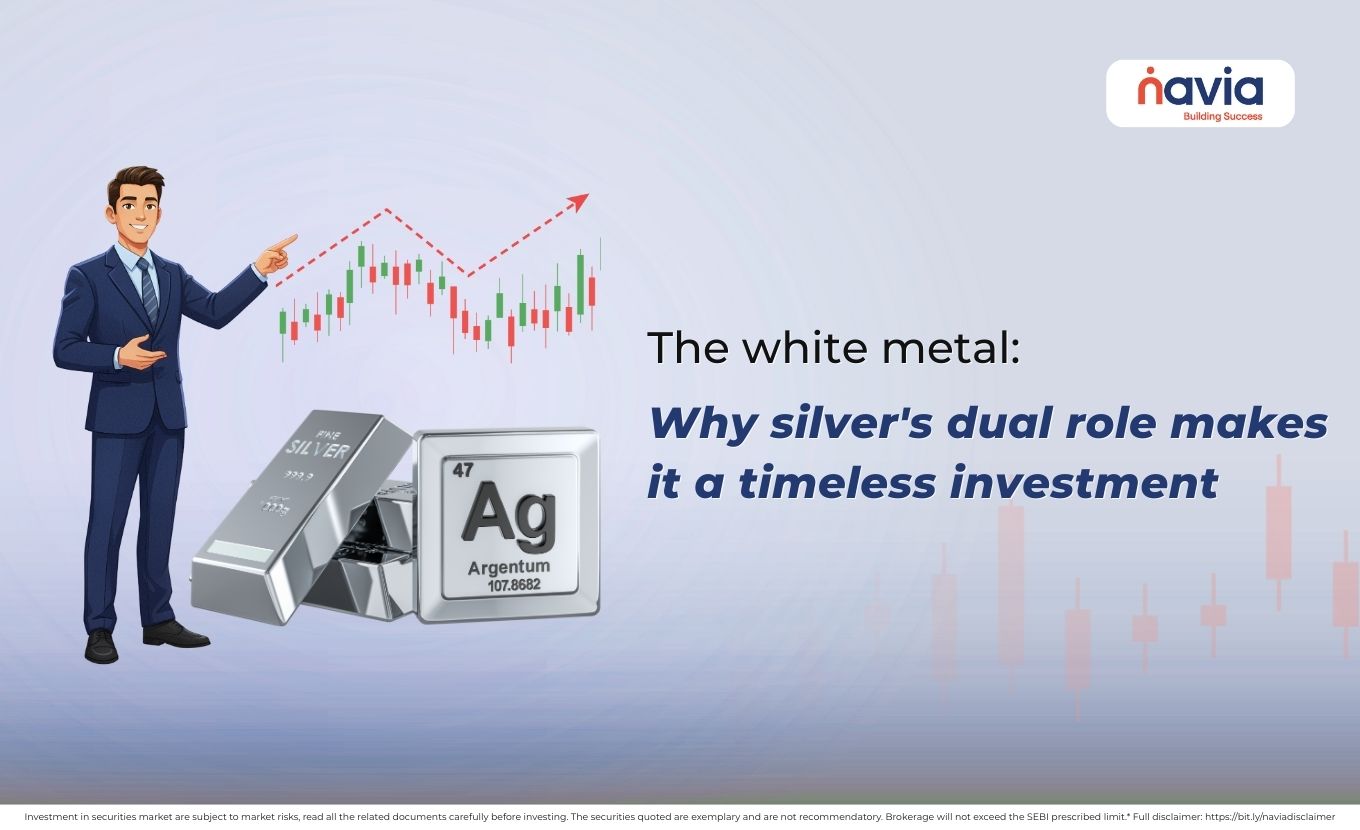Anchoring Bias in Investing – The Trap of Sticking to Old Prices

- How Ravi Reacted?
- How Suresh Reacted?
- What is Anchoring Bias?
- Why Anchoring Bias is Dangerous?
- How to Overcome Anchoring Bias?
- Key Takeaway
Meet Ravi and Suresh, two friends who started investing in the stock market around the same time. Both of them recently bought shares of Alpha Ltd.
➔ Ravi bought the stock at ₹800 per share.
➔ Suresh bought it later at ₹950 per share.
A few months down the line, Alpha Ltd’s share price fell to ₹600 after weak quarterly results and negative news in the industry.
How Ravi Reacted?
Ravi said:
“I bought it at ₹800. I’ll sell only when it goes back to my cost price. Until then, I’ll hold.”
For Ravi, the ₹800 anchor was stuck in his mind. Even though the company’s fundamentals had changed, he refused to sell below his purchase price.
How Suresh Reacted?
Suresh took a different approach. He asked himself:
“If I didn’t own this stock today, would I buy it at ₹600? Are the fundamentals strong enough?”
After analyzing, Suresh realized that Alpha Ltd’s growth prospects were weak and that better opportunities existed elsewhere. He sold his shares at ₹600 and reinvested in a stronger company.
What is Anchoring Bias?
This story highlights anchoring bias — a behavioral finance trap where investors fixate on a specific number, usually:
🔸 Their purchase price
🔸 A recent high (like a 52-week peak)
🔸 The IPO price
Even when new information suggests otherwise, the mind stays anchored to that number.

Why Anchoring Bias is Dangerous?
➔ Ravi may hold a weak stock for too long, waiting for it to “get back” to ₹800.
➔ He could miss out on better opportunities while his money stays stuck.
➔ Anchoring prevents investors from making objective, forward-looking decisions.
How to Overcome Anchoring Bias?
🔸 Reframe the Question: Instead of asking “When will it reach my cost price?” ask “Would I buy this stock at today’s price?”
🔸 Focus on Fundamentals: Make decisions based on the company’s outlook, not past numbers.
🔸 Set Rules in Advance: Use stop-loss or exit strategies before emotions kick in.
🔸 Detach from IPO/Highs: Remember, past prices don’t guarantee future returns.
Key Takeaway
Anchoring bias can trap investors like Ravi into holding poor investments. Suresh avoided this by focusing on current data and future potential instead of being tied to old numbers.
In investing, past purchase prices should not drive decisions — what matters is whether the investment still makes sense today.
Investors are encouraged to recognize biases like anchoring, so that their decisions are guided by facts and fundamentals — not psychological anchors.
Do You Find This Interesting?
DISCLAIMER: Investment in securities market are subject to market risks, read all the related documents carefully before investing. The securities quoted are exemplary and are not recommendatory. Full disclaimer: https://bit.ly/naviadisclaimer.






